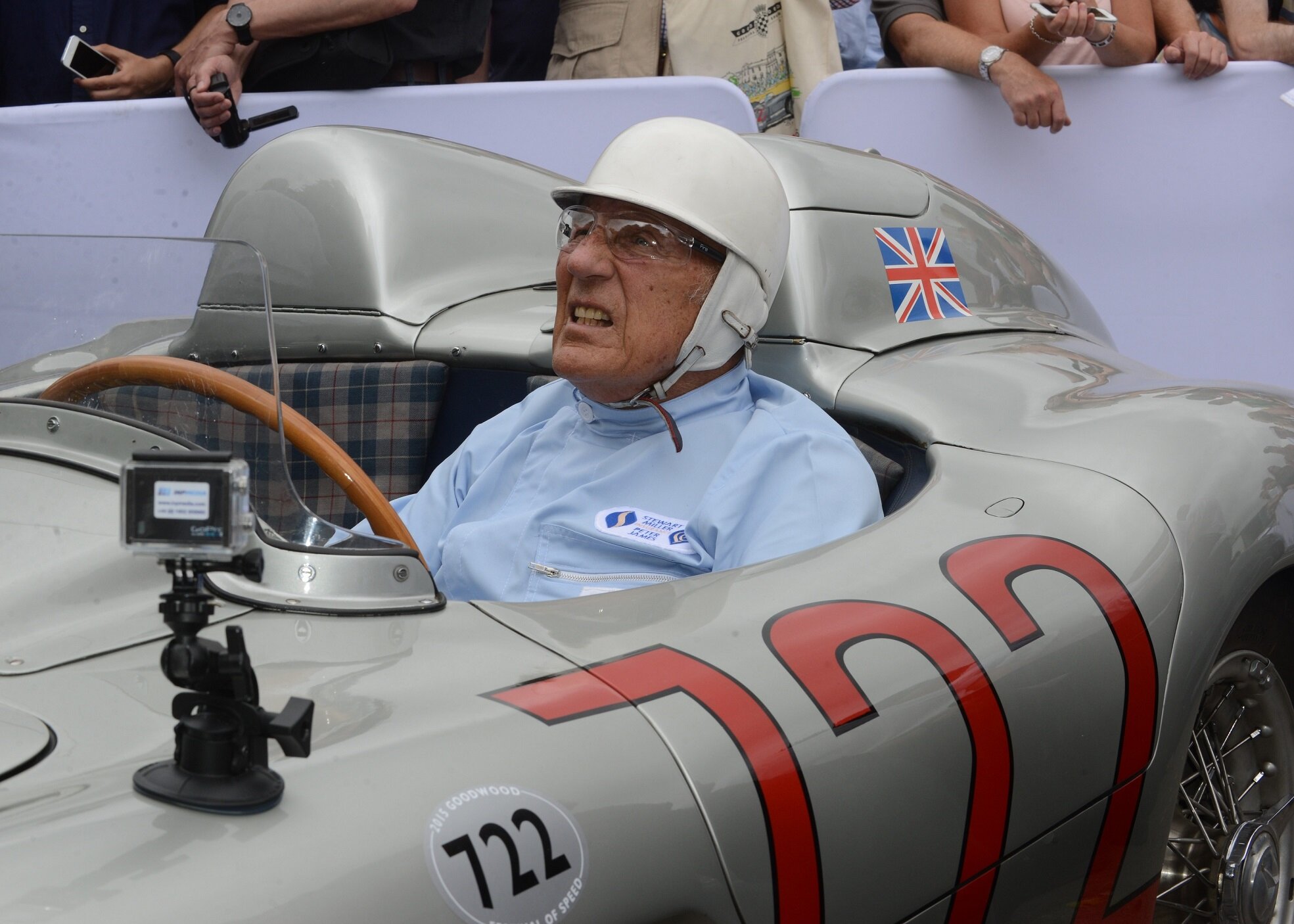Pace notes' roll of honour
/Rally co-drivers are the best in the world at telling a driver where to go. It all started in 1955 on an infamous road race in Italy.
Rally crews spend weeks on the road writing, checking and competing with detailed pace notes. The passing of Sir Stirling Moss at Easter reminds us where that began.
Along with 16 Formula 1 GP victories and countless wins at circuits throughout the world, Moss and co-driver Denis Jenkinson are also credited for the first successful application of what became known as pace notes.
Moss had made three previous attempts at the Mille Miglia - the annual 1000-mile road race around Italy - before he left the start line at 7.22am on May 1 1955 as part of the Mercedes-Benz factory team.
Aware that only one non-Italian driver had ever succeeded in the Mille Miglia, Moss and ``Jenks’’ had completed detailed preparations as a counter to the local knowledge of the Italian drivers
A passenger was permitted in the Mille Miglia and mainly they served as a navigator or riding mechanic or sometimes in a co-driver role sharing a stint at the wheel.
A journalist, Jenkinson was also familiar with the demands of teamwork at high speed as he had been a world motorcycle sidecar champion.
Prior to the race Moss and Jenkinson made multiple reconnaissance runs around the course, carefully detailing the dangerous corners and hazards as well as the blind corners and brows that could be taken at high speed if the driver trusted the information.
In their finished form these notes were written onto an 18-foot roll of paper that was wound into a purpose-made metal holder. Jenkinson scrolled through the notes, checking progress against the large kilometre stones at the Italian roadside. You can see footage of the device and how Jenkinson worked it in today’s video.
A pace note book used by modern co-drivers wasn’t an option. The Mercedes-Benz SLR 300 was an open sports car with a small windscreen. Rain would have turned paper into pulp.
And there was no intercom either. In car capable of 170mph - with a straight-eight engine based on the Mercedes W196 Formula 1 car with open exhausts - Jenkinson delivered the instructions to Moss by a series of hand signals.
Modern in-car WRC footage offers an insight into the perfected pace note science from the security of a closed cockpit, with a full roll cage, harness and a sophisticated intercom system.
The Moss and Jenkinson system may have been rudimentary but it represents the first successful application of pace notes and of making a car quicker from A to B on a partially known piece of road because of the cooperative efforts between driver and navigator.
Moss and Jenkinson won the 1955 race – beating team-mate Juan Manual Fangio by 32 minutes - at a new record average speed of 99mph that remained unbeaten when the Mille Miglia was banned after 1957.
Moss actually rated the 1955 Mille Miglia win as his greatest success.
``Even now, so many years afterwards, the memory is fresh – of all the races I entered, and finished, and even those I won, I can’t find another to compare with it,’’ he wrote in the 1974 compilation My Greatest Race edited by Adrian Ball.
RIP Sir Stirling Moss. Not only a motor racing legend but part of a pioneering duo whose innovation influences every major rally today.
# We welcome Colin Smith as a contributor to MotoringNZ.com and acknowledge that this first story seems particularly appropriate. In addition to being a highly-talented motorsport and motoring writer, he’s also a respected rally co-driver.


























